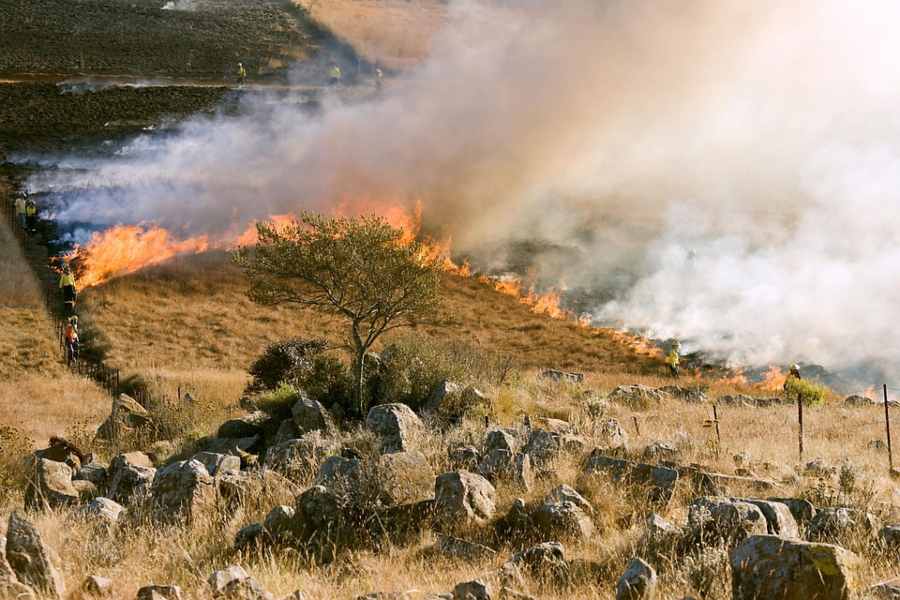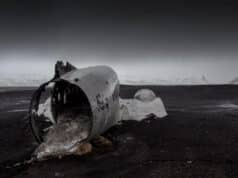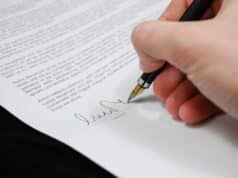
Are there wildfires in Florida is a timely question because the state’s mix of pine flatwoods, scrub, marshes, and long dry spells makes fire part of the landscape. Lightning is frequent, vegetation regrows quickly, and coastal winds can push flames fast. As new neighborhoods expand into forests and wetlands, human ignitions and exposure rise.
This guide gives a quick answer first, then explains when fires happen, how they start, and what officials do to manage them. You’ll see late-winter to spring seasonality, regional patterns Panhandle to South Florida, and the difference between prescribed and unplanned fires. Drought, humidity, and wind drive Red Flag days and smoke far afield. Local alerts help you time decisions.
Finally, you’ll get practical steps: home hardening and defensible space, evacuation checklists and routes, and air-quality safety for sensitive groups. Travelers can adjust itineraries when smoke affects parks or highways. Businesses get continuous
Are there wildfires in Florida?
Yes. Florida experiences wildfires every year, driven by lightning, dry spells, and human activity. Peak risk often arrives in late winter through spring, with regional variation. Agencies reduce fuel with prescribed burns, and residents can prepare by creating defensible space, following burn bans, tracking fire weather, and keeping an evacuation and air-quality plan.
Florida’s Fire Landscape—Lightning, Fuel, and People
Florida’s forests evolved with fire. Pines drop needles and cones that build quick-burning fuels, and lightning is frequent—especially during seasonal shifts. In this natural context, wildfires are a recurring reality, and many ecosystems depend on periodic burns to stay healthy. When fuels accumulate or winds strengthen, small sparks can become fast-moving brush fires.
Drought cycles intensify risk. After wet months, grasses and underbrush flourish; when a dry, warm pattern arrives, that growth cures into tinder. These swings—lush one season, flammable the next—explain why managers use prescribed fire to keep fuel loads in check and restore habitat for species that need open, sunny understories.
Human activity adds ignitions: debris burning, equipment, power lines, and vehicles on dry grass. Education helps, but accidents happen. Each dry spring, communities on the wildland edge, new construction in fire-adapted landscapes, and heavy recreation near forests raise exposure.
Winds shape behavior. Sea breezes, frontal passages, and pressure gradients push fire fronts and loft embers. Spotting ahead of the main flame can challenge crews. Near coasts or inland lakes, wind channels around water features can amplify the spread or shift smoke onto highways, reducing visibility.
Topography matters less than in mountainous states, but subtle ridges, sandhills, and wetlands still influence fire. Pine flatwoods, sand pine scrub, and prairie-marsh mosaics each carry fire differently. Local vegetation determines flame length, smoke output, and suppression tactics—so officials answer with a map and a timeframe, not a blanket statement.
Finally, technology helps. Remote sensing, fire-weather forecasts, and public alerts guide both firefighters and residents. Still, preparation at home—clearing gutters, limbing trees, staging hoses—remains essential. Florida’s climate, fuels, and growth patterns consistently create conditions for fire.
Florida Wildfires Seasonality Patterns and Alerts
Florida sees wildfire risk all year, but it often peaks from late winter through spring when dry air, cured grasses, and gusty fronts align. Track your region’s pattern and heed Red Flag Warnings and prescribed burn notices to act fast and stay safe. Suppose you’re an enthusiast of luxury and performance. In that case, you might also consider the significance of vehicle names, such as those in Jaguar Car Names, which can evoke a sense of power and speed akin to the unpredictable nature of wildfires.
Wildfire Activity and Peak Season
Wildfire activity occurs year-round, but the risk is often heightened from late winter through spring when dry air, cured grasses, and gusty fronts align. Searches and alerts spike each March–May. Summer thunderstorms bring lightning, but also daily rain that can limit the spread.
Regional Timing and Variations
The Panhandle often mirrors the broader Southeast with late-winter dryness. Central Florida may peak in spring before regular summer storms, while South Florida can see winter–spring risk when the dry season lingers. The timing of risks varies by region.
Weather Drivers and Fire Weather Watches
Cold fronts, high-pressure domes, and low humidity are key drivers of critical days. Red Flag Warnings indicate that any spark can grow quickly. On windy afternoons after weeks with little rain, it’s essential to take these warnings seriously and avoid outdoor burning.
Prescribed Burns and Uncontrolled Fires
Land managers conduct controlled burns during safe weather windows to thin fuels and improve habitats. These planned fires reduce the chance that the next lightning strike turns into a catastrophic event. Sometimes visible smoke is from a beneficial, scheduled burn, not an emergency.
Practical Readiness—Your Action Plan for Florida Fires
Here’s a quick, no-panic checklist to turn fire-weather warnings into action. Use these steps to harden your home, prep your family and business, and move early when conditions shift.
- Home hardening & defensible space: Clear leaves from roofs and gutters; screen vents with ember-resistant mesh; keep 5 feet around the house free of flammables; trim overhanging branches. These steps matter on rural lots and suburban edges alike.
- Landscape smart: Choose fire-wise plants, cluster vegetation in islands with non-combustible borders, and keep irrigation working during dry spells. Avoid mulches that smolder against siding. Assume embers can travel.
- Go-bag & evacuation readiness: Pack IDs, meds, chargers, masks, and pet supplies. Keep your vehicle ready—whether a compact, SUV, or a classic from a list like Jaguar Car Names—and maintain at least half a tank. Know two routes and leave early if authorities issue orders.
- Air quality and smoke safety: Stock N95s, check indoor filtration, and create a clean-air room with a box-fan filter. Sensitive groups should monitor AQI. Smoke can travel counties away and still affect health.
- Business continuity: Back up data off-site, cross-train staff, and list critical vendors. Practice relocating minimal equipment to keep operating. Continuity plans reduce downtime when smoke or closures affect supply routes.
- Stay informed & insured: Sign up for local alerts, ensure homeowners or renters policies cover wildfire and smoke, and photograph property for claims. Those who routinely check advisories act faster when conditions deteriorate.
Causes and Controls—From Ignitions to Recovery
Wildfire starts with an ignition and the right environment. Lightning is a leading natural source in Florida; human causes include yard burning, equipment sparks, and vehicles on dry grass. Spread depends on fine fuels, wind, humidity, and recent rainfall. Firefighters use engines, dozers, aircraft, and hand crews to build lines, remove fuel, and steer flames. Permitted prescribed burns thin dense understory and restore fire-adapted habitats like longleaf pine. “Good fire” breaks up continuous fuels, lowering the severity of the next unplanned blaze.
Communities help by respecting burn bans, securing trailer chains, and disposing of cigarettes safely. After a fire, agencies assess soil stability, culverts, and trails; they reseed, fix erosion, and reopen areas as conditions allow. Residents check roofs and HVAC, clean ash with protective gear, and document damage. Schools, parks, and small businesses lean on recovery funds and neighbors. Each step—from prevention to post-fire repair—reduces risk the next time conditions align.
Florida Wildfires Where They Happen and Who Is at Risk
Wildfire risk in Florida isn’t confined to forests—it shifts with place and season. Know your setting—coasts and lakes, suburban edges, Panhandle or Peninsula—and adjust plans for wind, lightning, and short dry spells that can quickly raise danger.
- Near coasts and lakes: Coastal scrubs and lake-dotted regions can burn when dry, with winds channeling smoke onto roads. Boaters and anglers should track advisories.
- On suburban edges: Yes. Wildland-urban interfaces grow every year as new neighborhoods meet pine flatwoods and prairies. Building codes and landscaping choices can cut risk.
- Panhandle vs. Peninsula: Both see activity. The Panhandle often faces late-winter dryness; Central and South Florida face spring dry seasons. Fuels and lightning patterns differ locally.
- During summer storms: Lightning can ignite new starts, but frequent rains often limit the spread. Brief rain-free stretches after fronts or heat waves can still raise danger.
Bottom Line
Florida’s fire story blends ecology, weather, and people. Lightning, fast-growing fuels, and expanding communities make Florida wildfires a recurring reality. With defensible space, smarter landscaping, evacuation prep, and attention to burn bans and fire-weather alerts, you can live, work, and travel more confidently. Stay informed, support prescribed burning, and practice your plan—those habits protect health, homes, and habitats the next time conditions line up.
FAQ’s
What months are riskiest for Florida wildfires?
Late winter through spring sees elevated risk in many regions, though fires can occur year-round with the right weather.
How do prescribed burns help?
They remove dangerous fuel, restore fire-adapted habitats, and reduce the intensity of future unplanned fires, making them easier to control.
What should go in a wildfire go-bag?
IDs, medications, chargers, pet supplies, masks (N95), cash, backups of key documents, and basic first-aid. Keep gas tanks half-full.
How can I protect my home?
Clear gutters, trim branches, create a five-foot non-combustible zone around buildings, use ember-resistant vents, and choose fire-wise plants.
Is smoke dangerous even if the fire is far away?
Yes. Smoke can travel long distances and worsen air quality. Monitor AQI, use indoor filtration, and limit outdoor exertion on smoky days.







